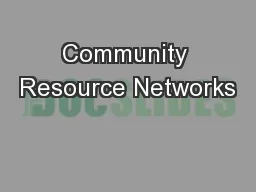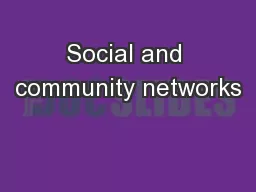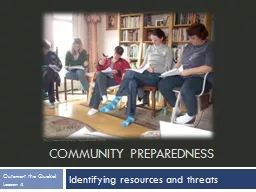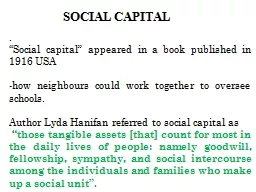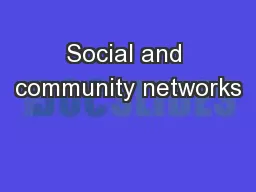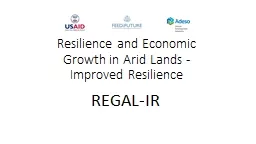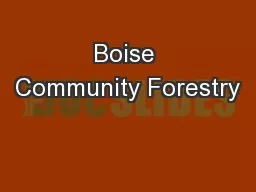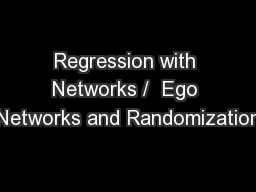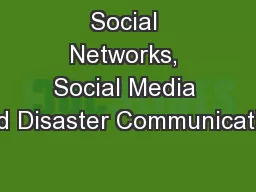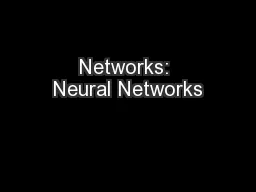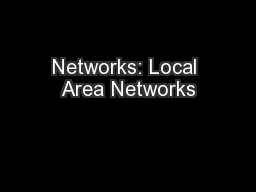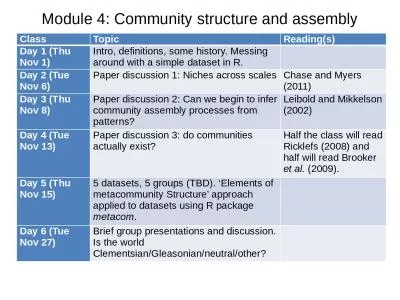PPT-Community Resource Networks
Author : natalia-silvester | Published Date : 2018-03-15
Bernie Quell LPC Program Manager Arkansas Community Action Agencies Association May 18 2017 Three Time Frames Today Yesterday Future 2 3 The Mission of DAAS is to
Presentation Embed Code
Download Presentation
Download Presentation The PPT/PDF document "Community Resource Networks" is the property of its rightful owner. Permission is granted to download and print the materials on this website for personal, non-commercial use only, and to display it on your personal computer provided you do not modify the materials and that you retain all copyright notices contained in the materials. By downloading content from our website, you accept the terms of this agreement.
Community Resource Networks: Transcript
Download Rules Of Document
"Community Resource Networks"The content belongs to its owner. You may download and print it for personal use, without modification, and keep all copyright notices. By downloading, you agree to these terms.
Related Documents

